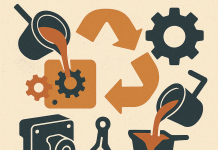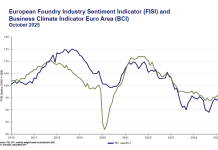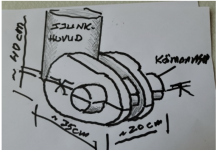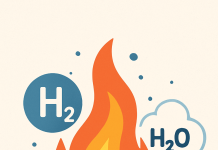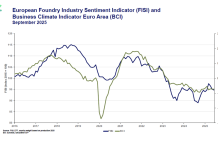Nyhet från Jönköpings Tekniska Högskola
Aluminium produced from scrap only needs 5% of the energy compared to virgin aluminium produced from bauxite ore. The viable way to reach a sustainable production and use of aluminium consequently is by increasing the usage of scrap, also in high performance products. The implication is that an accumulation of unwanted alloying elements and impurities may have a negative effect on final properties. In addition, there are changes in the use of aluminium that will change the nature of the scrap
How to think and what tools are available to support the implementation of new protocols and solve problems to handle this. Tools have been used to help predict the influence of variations in composition on microstructure and properties. Swedish aluminium industry is smaller than the steel industry and, compared to the steel industry, and many of these tools have not been used broadly.
This is the final seminar in the Thalscrap project funded by Vinnova and Impact Innovation
Attending this webinar, you will learn more about:
* What are the challenges for the use of scrap-based processing
* What are the effects of alloying elements
* What tools are there
* Examples of problems possible to deal with that influence properties and process windows
11 November 10:00-11:30
Presenters:
Dr Joacim Hagstöm, Swerim
Dr Carl-Magnus Lancelot, Thermo-Calc Software AB
Prof Anders E.W. Jarfors, School of Engineering, Jönköping University


